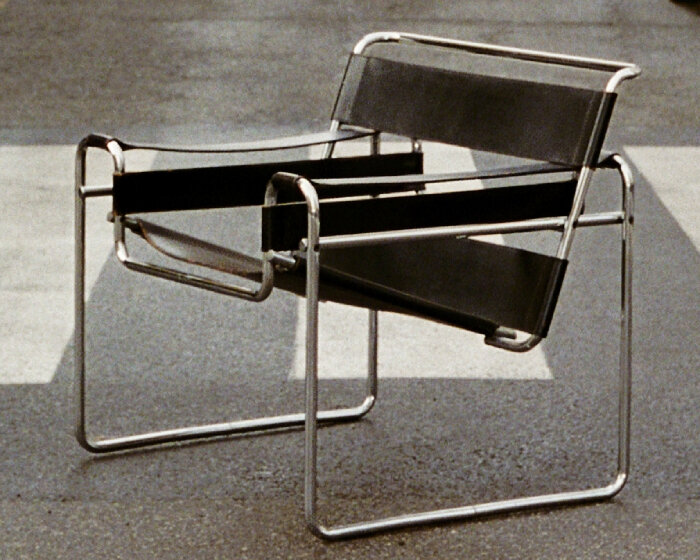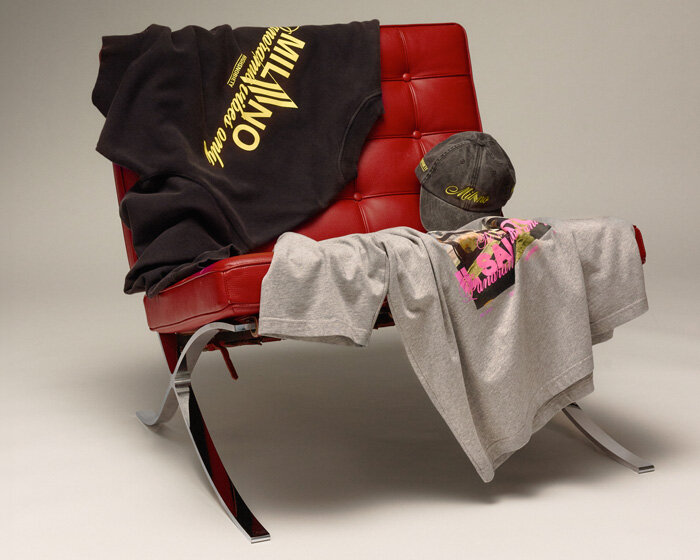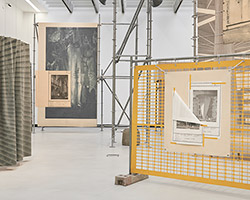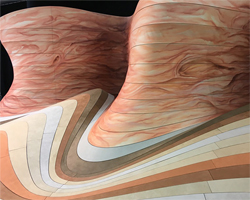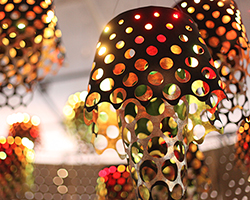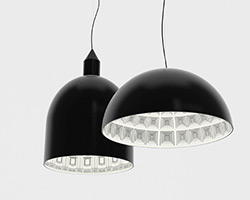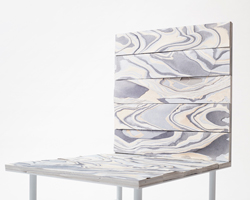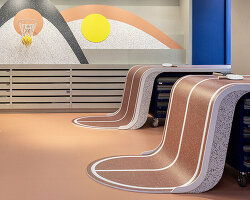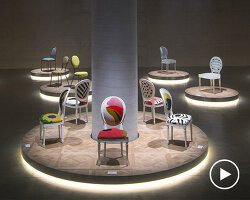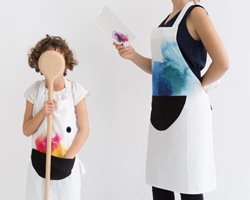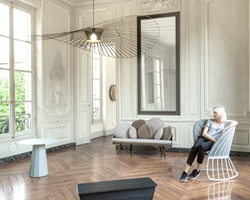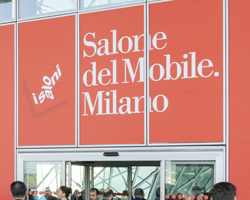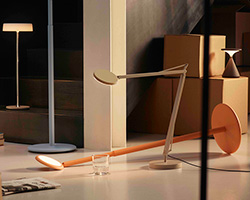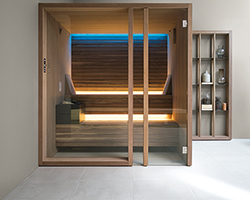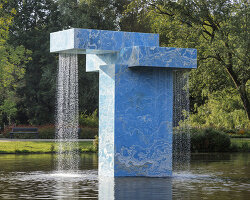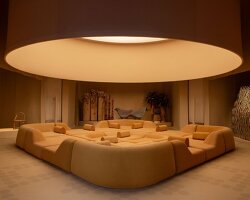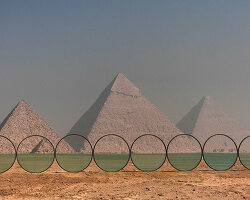KEEP UP WITH OUR DAILY AND WEEKLY NEWSLETTERS
happening now! step inside highsnobiety’s not in milan: classics reinvented – where design’s past meets its future – as designboom previews the show ahead of milan design week 2025.
discover our guide to milan design week 2025, the week in the calendar where the design world converges on the italian city.
connections: 17
from car wheels to the speedometers and gauges, our list explores the automobile aesthetics that appear in modern watches.
connections: +410
designed to address climate change, soil degradation, and water scarcity, the system saves up space with a vertical setup.
connections: +1110
from the sterile corridors of the severed floor to the curated domestic spaces outside its walls, every element serves a purpose.
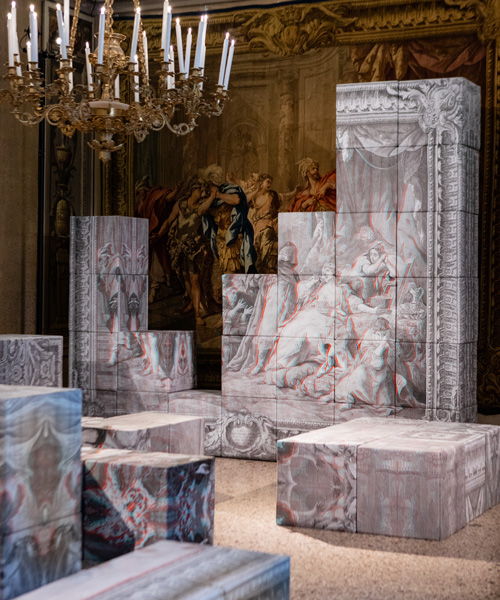
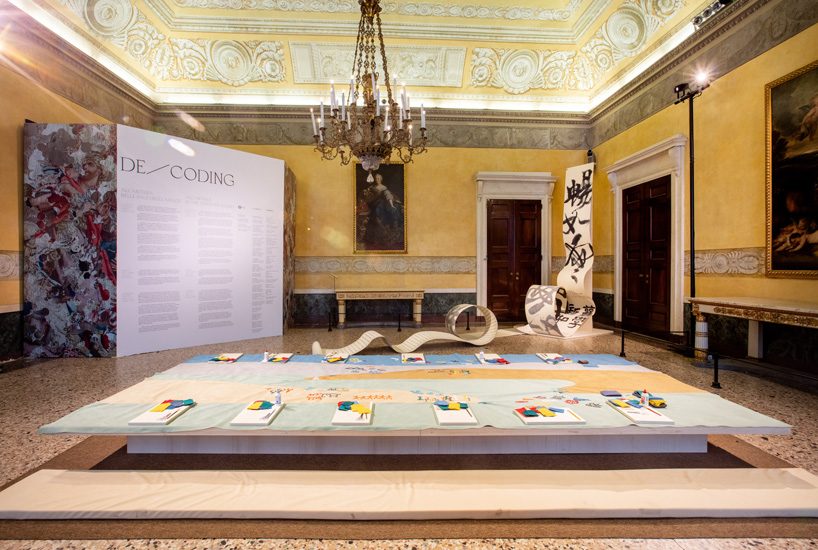 all images courtesy of alcantara
all images courtesy of alcantara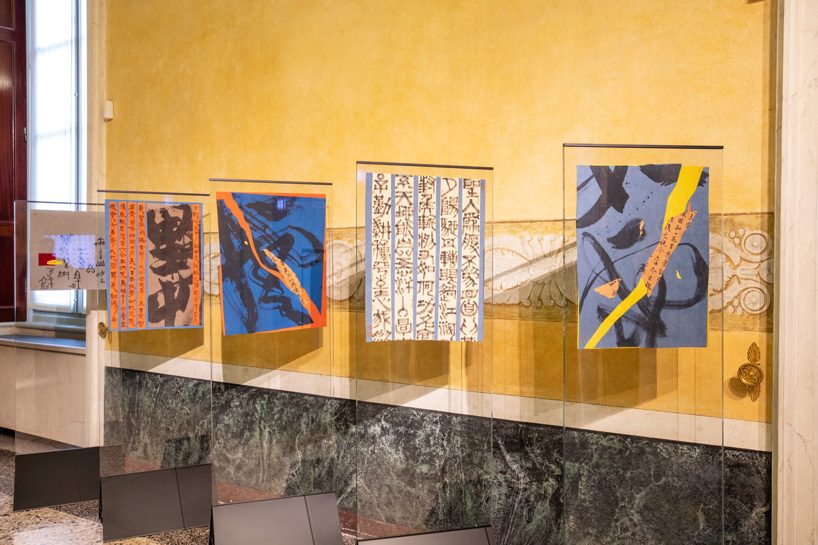 the artist invites visitors to assist him in the creation of works that draw from the chinese calligraphic tradition
the artist invites visitors to assist him in the creation of works that draw from the chinese calligraphic tradition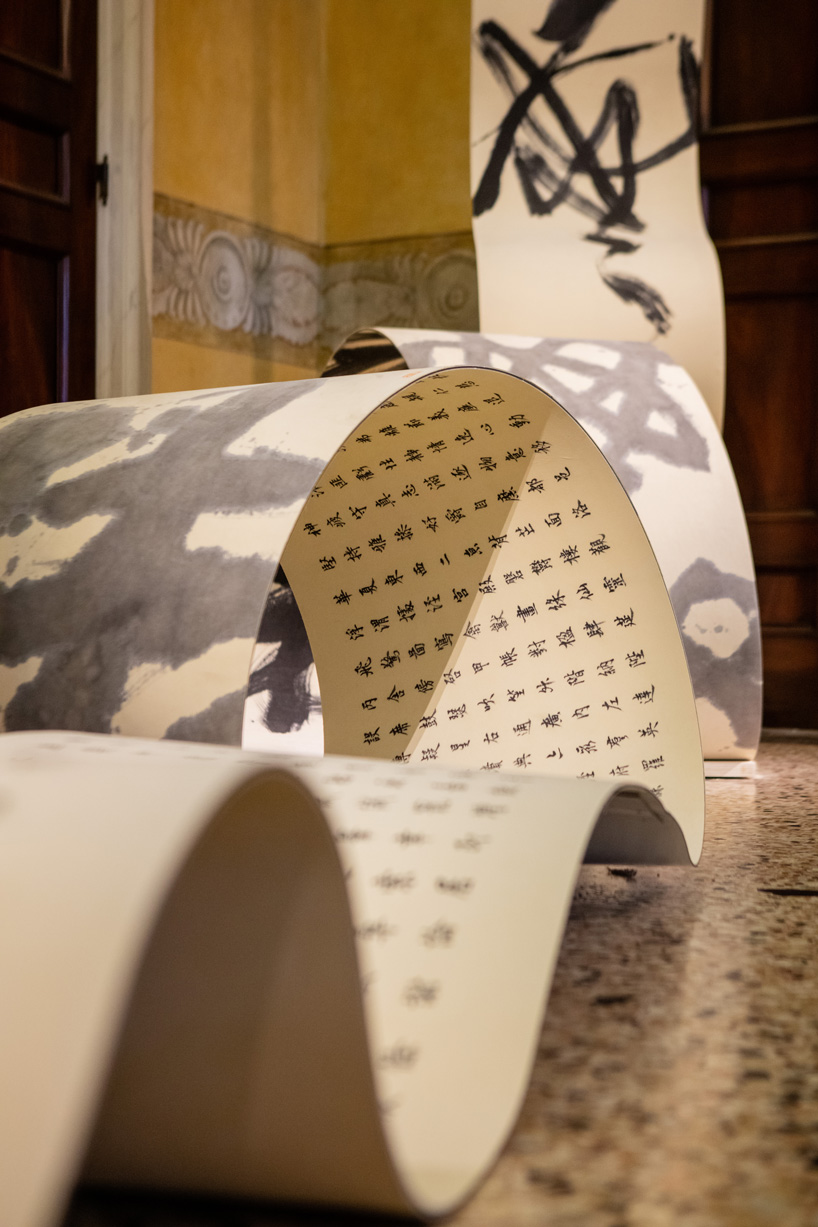 at the same time, he exploits ancient pictograms and collage technique using alcantara
at the same time, he exploits ancient pictograms and collage technique using alcantara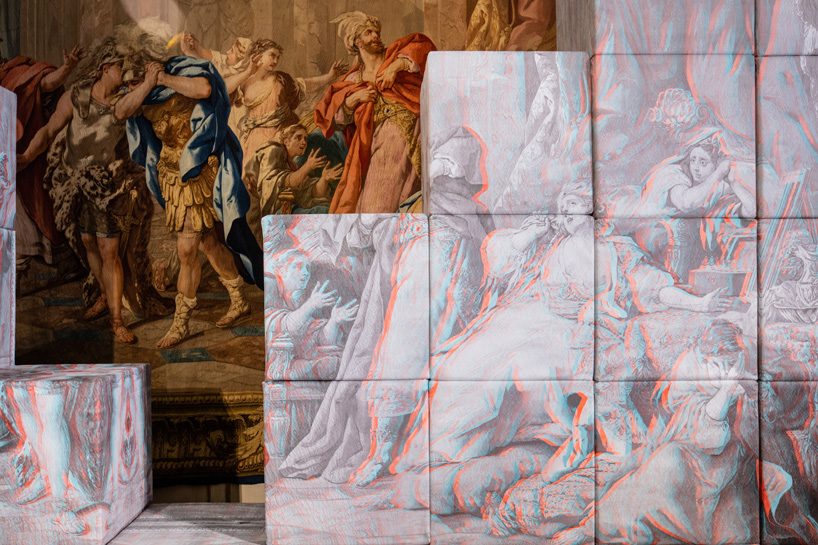 in the second room, sabine marcelis’ dimensions of medea draws from the tapestries on the walls
in the second room, sabine marcelis’ dimensions of medea draws from the tapestries on the walls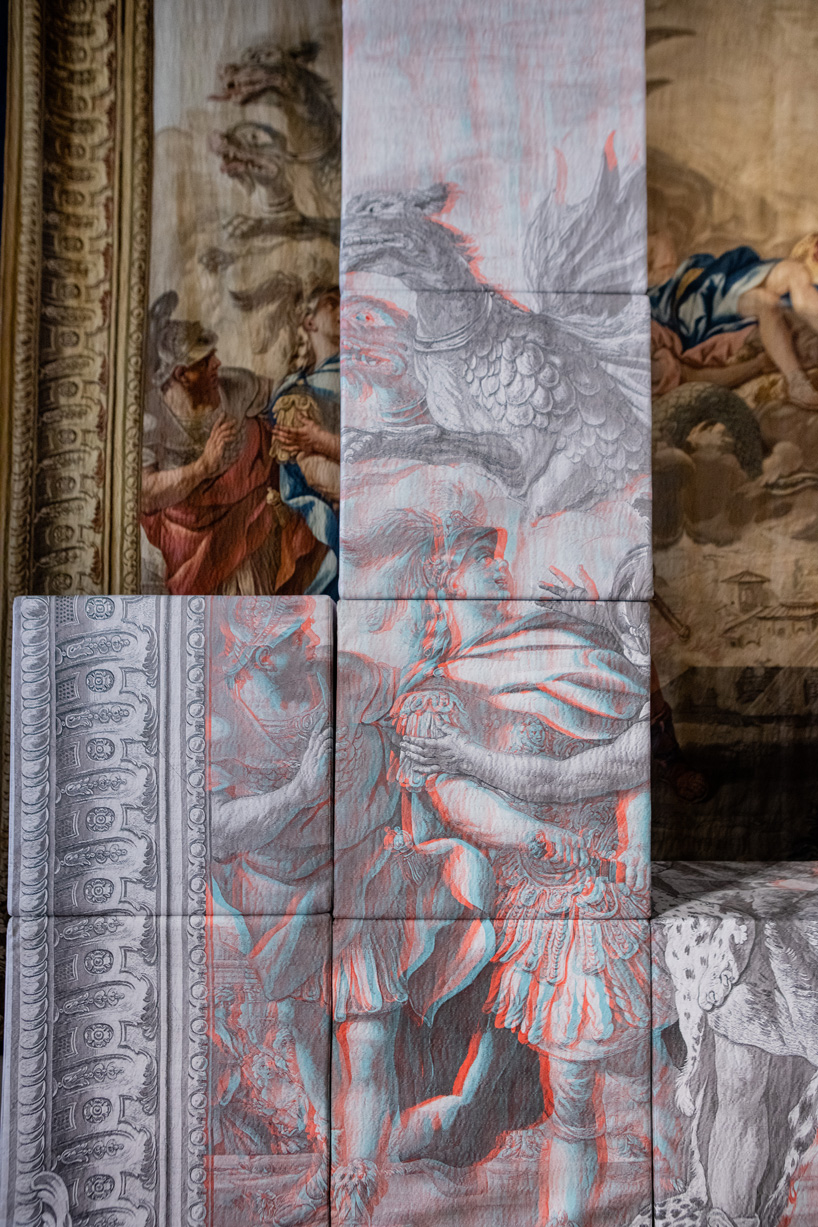 the designer decodes the two-dimensional images of the tapestries that tell the story of medea
the designer decodes the two-dimensional images of the tapestries that tell the story of medea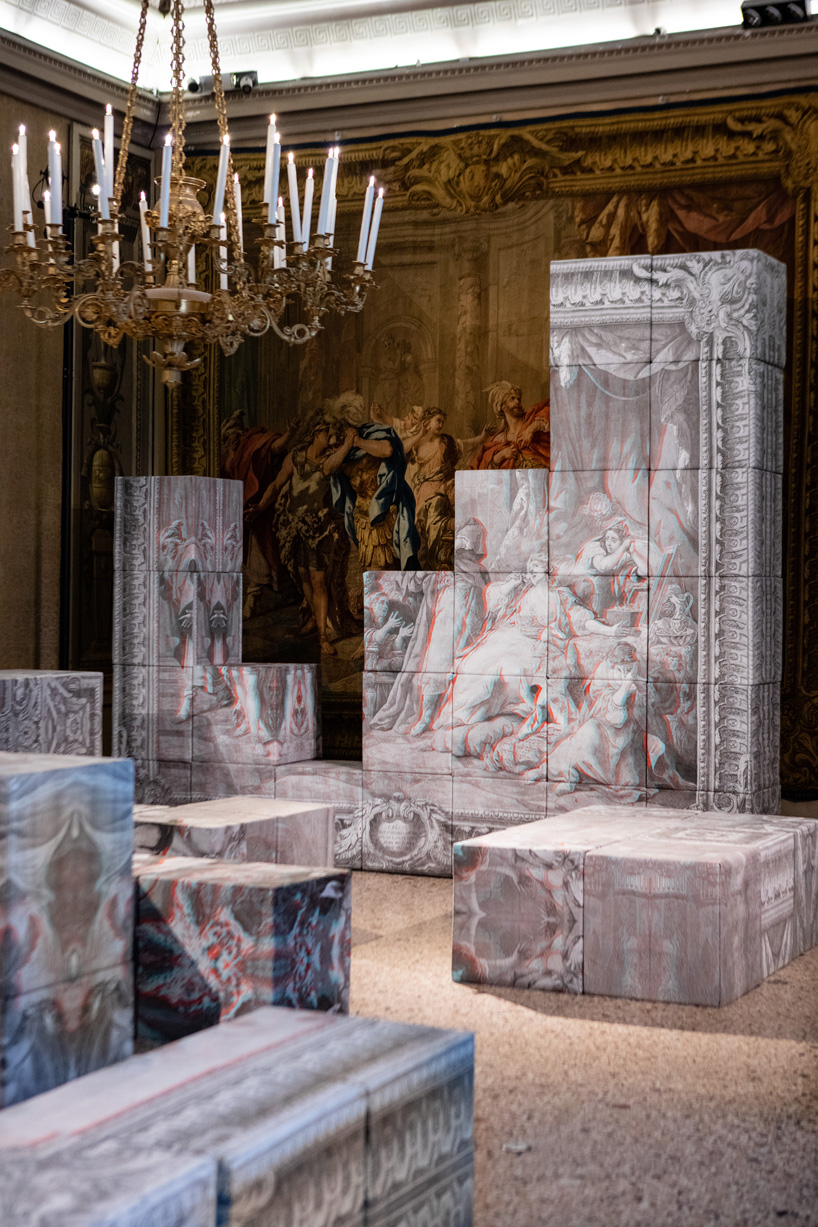 fragments of them are digitally transformed onto the faces of moveable 3d cubes, which may be viewed with the aid of anaglyph glasses
fragments of them are digitally transformed onto the faces of moveable 3d cubes, which may be viewed with the aid of anaglyph glasses 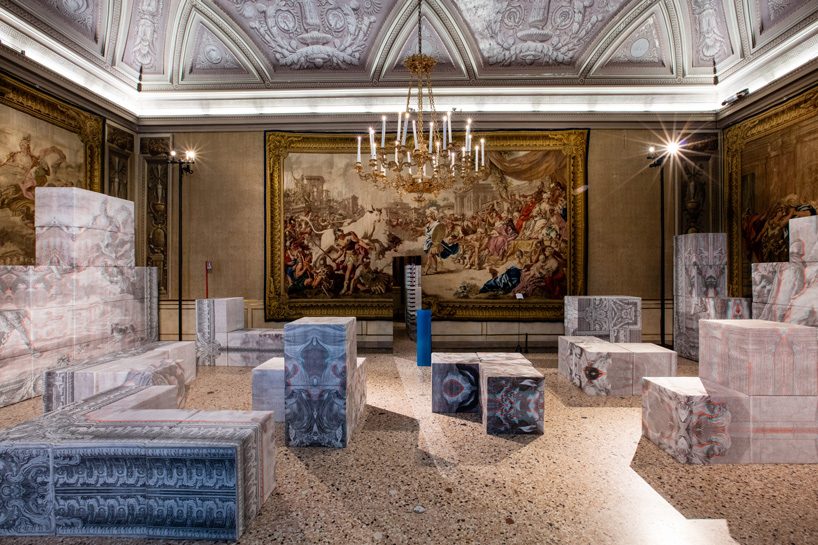 spectators are invited to interact with the space and objects, and independently imagine a new story
spectators are invited to interact with the space and objects, and independently imagine a new story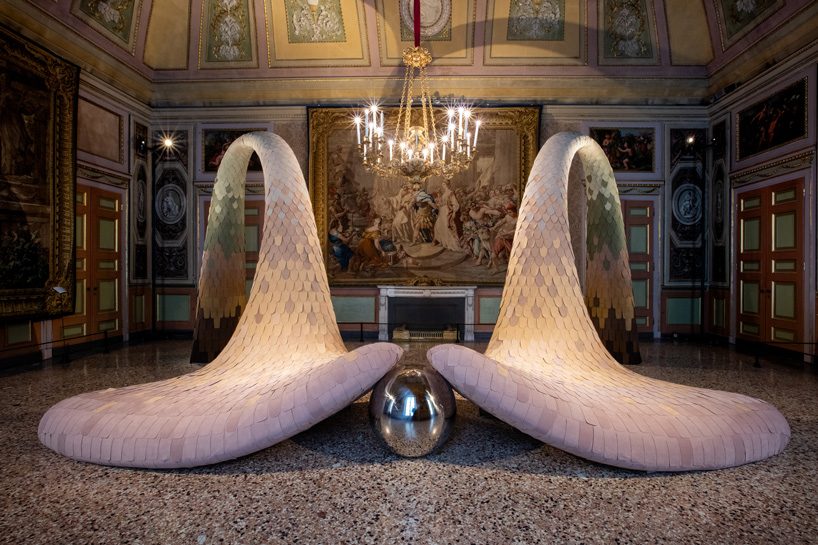
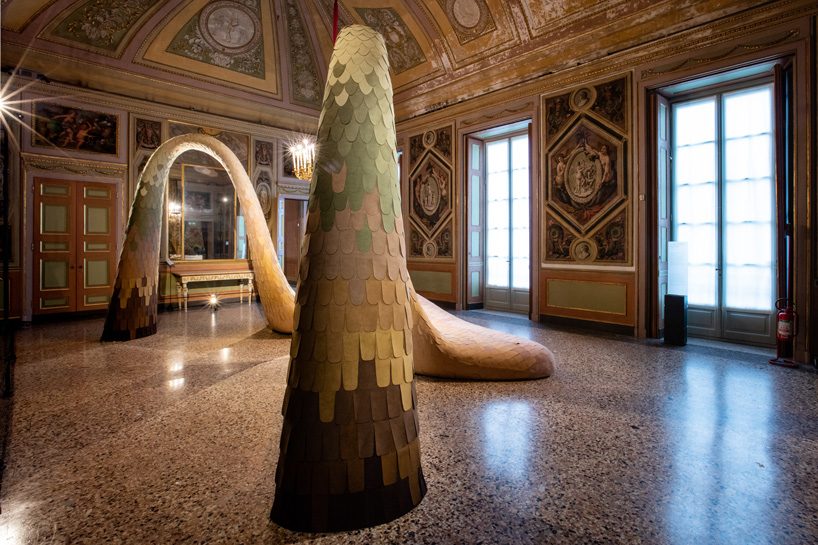 in the immersive installation, the tapestries come to life and invade the space with fins and tentacles
in the immersive installation, the tapestries come to life and invade the space with fins and tentacles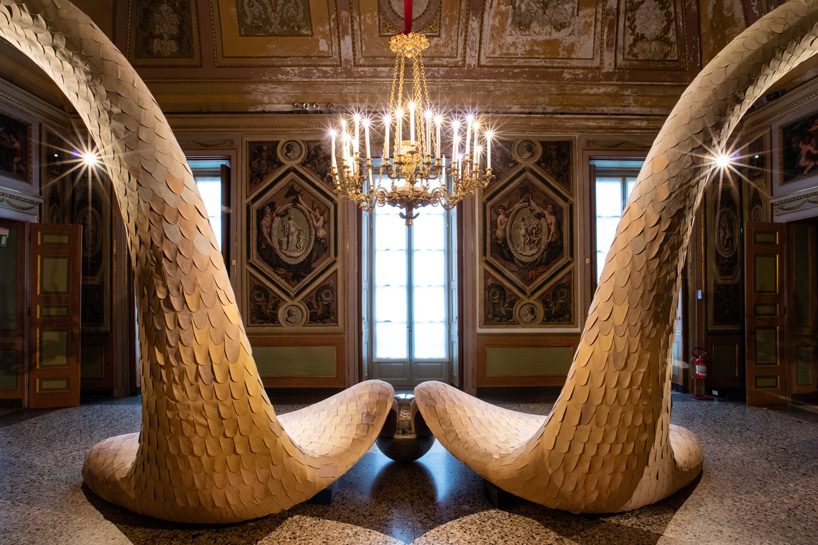 the different elements join together in the center of the room
the different elements join together in the center of the room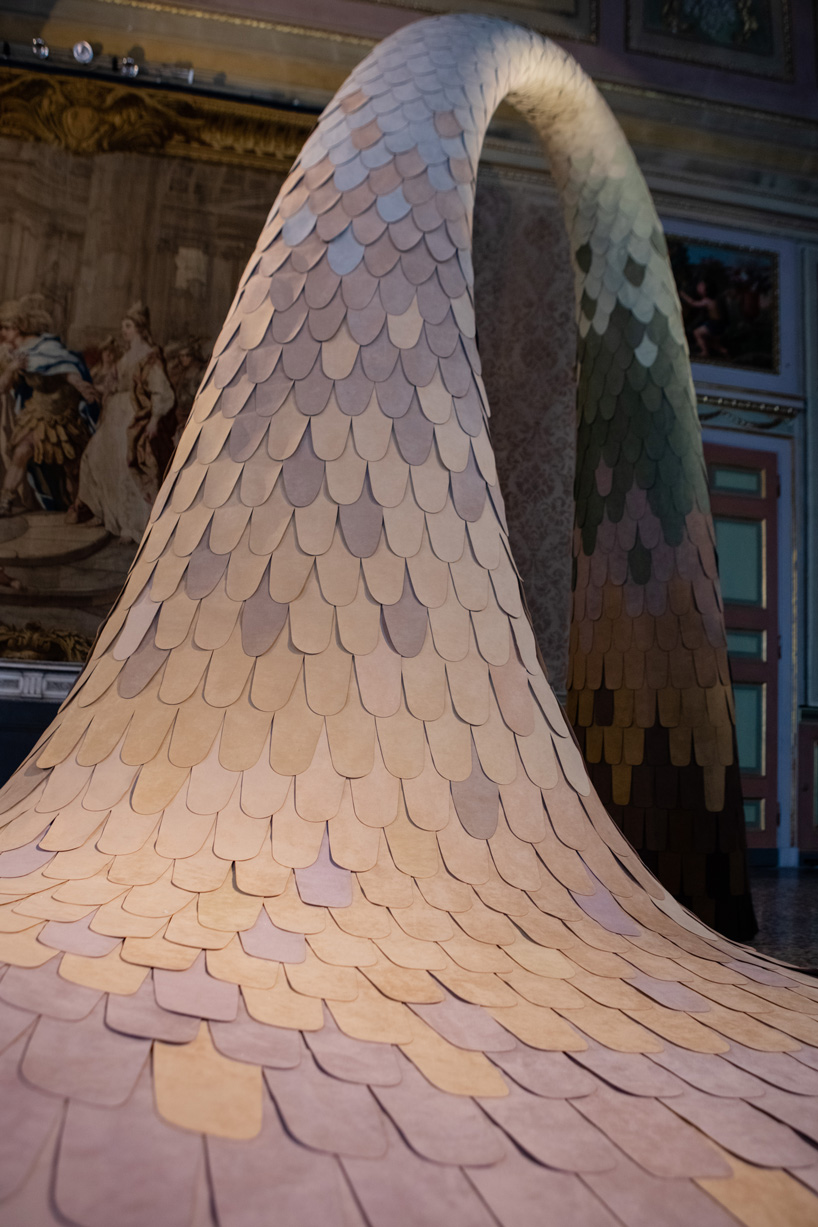 the appendages appear to belong to mythological chimeras due to the particular texture given to them by the use of alcantara
the appendages appear to belong to mythological chimeras due to the particular texture given to them by the use of alcantara the exhibition comes to a close with the wardian case by space popular
the exhibition comes to a close with the wardian case by space popular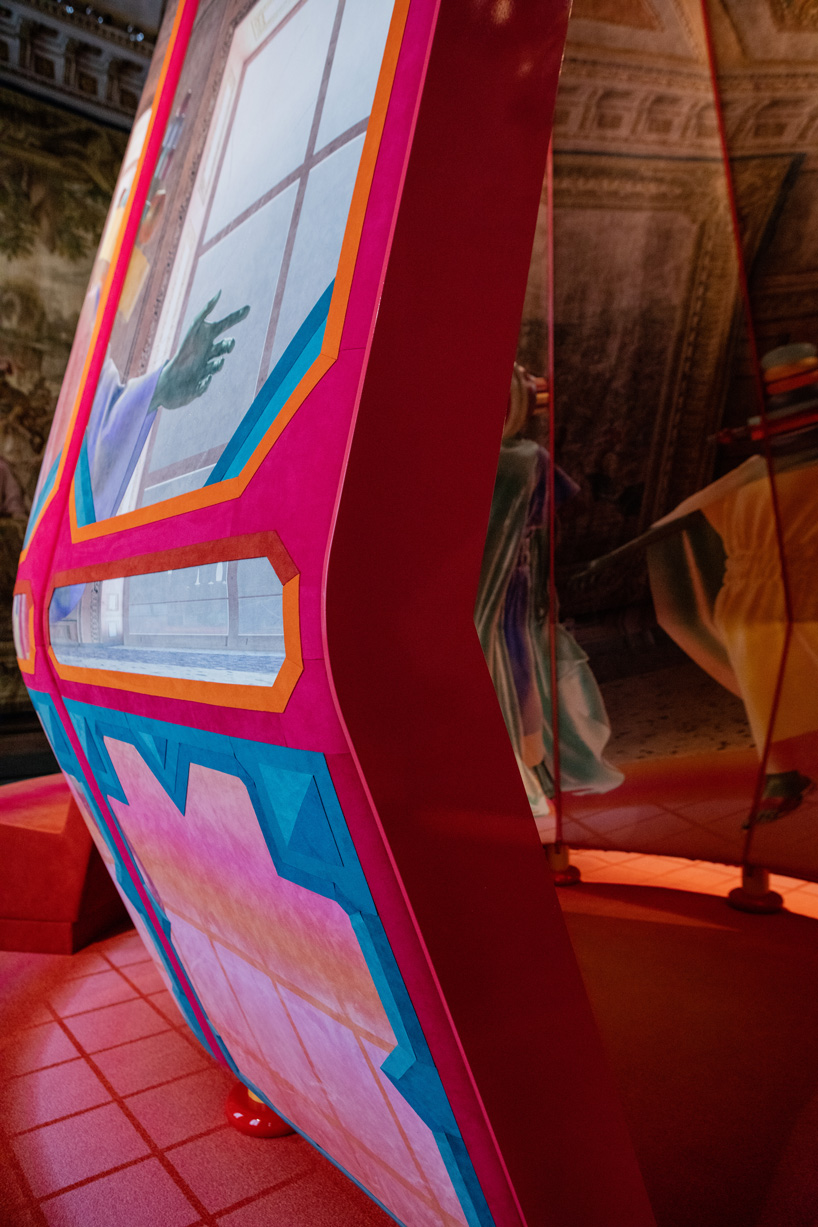 the wardian case, invented in 1829, is a sort of mini-greenhouse made out of glass and metal for the shipping of plants
the wardian case, invented in 1829, is a sort of mini-greenhouse made out of glass and metal for the shipping of plants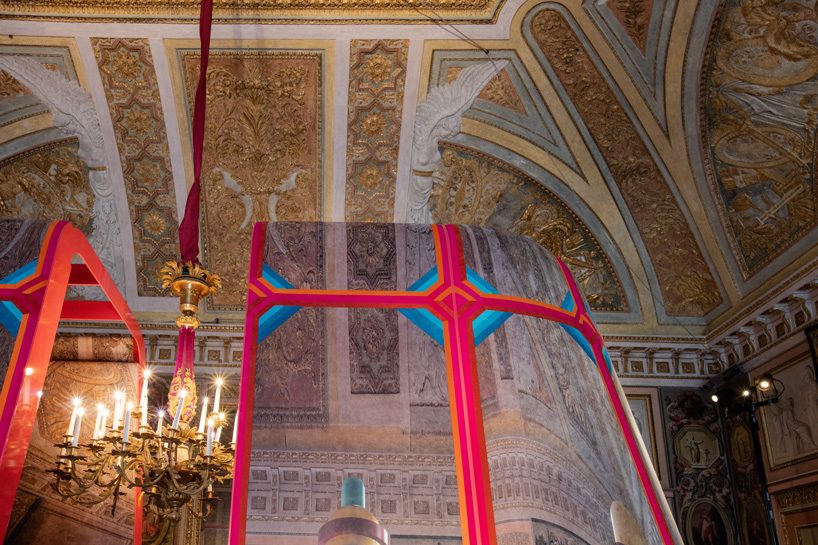 the tapestries in the room serve as mirrors recounting myths and stories of the past
the tapestries in the room serve as mirrors recounting myths and stories of the past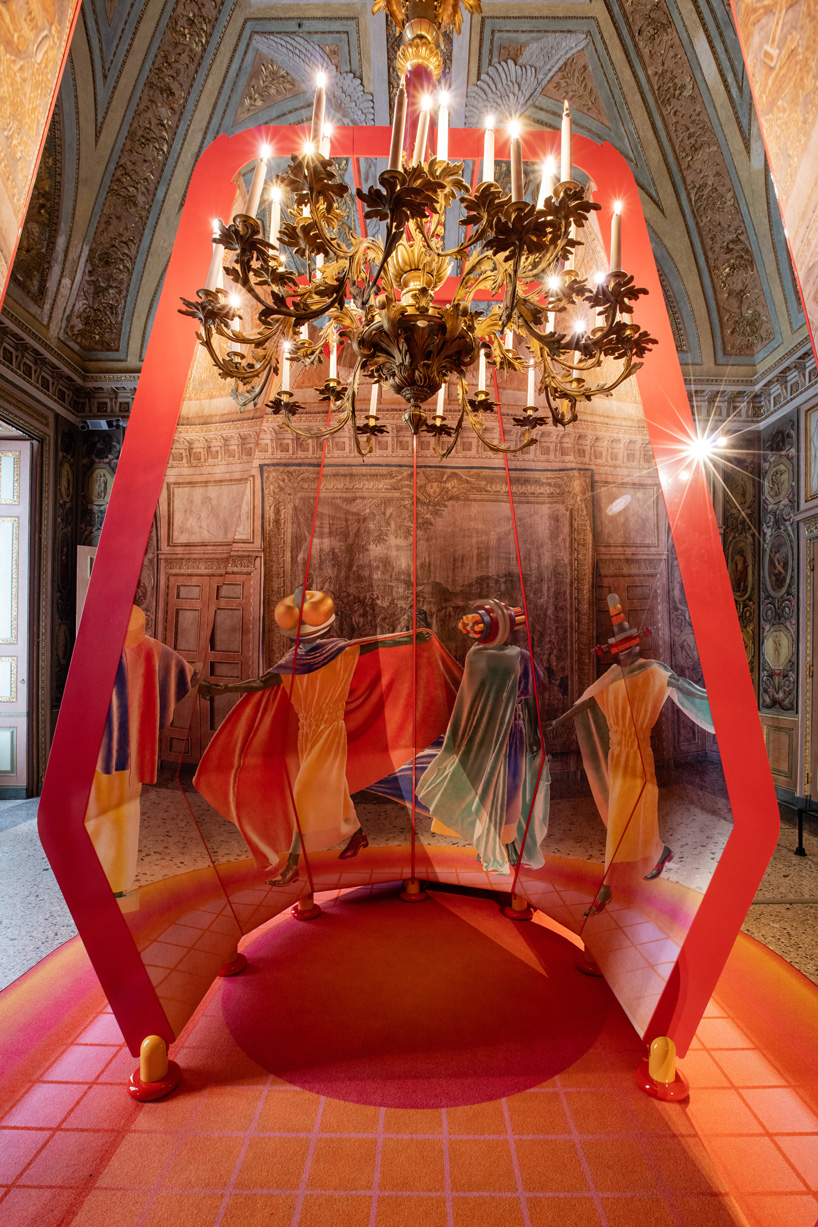 the wardian case is a container of information which may be accessed through the interaction between physical world and the digital domain
the wardian case is a container of information which may be accessed through the interaction between physical world and the digital domain